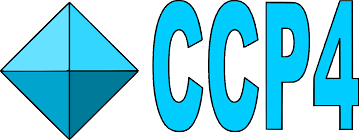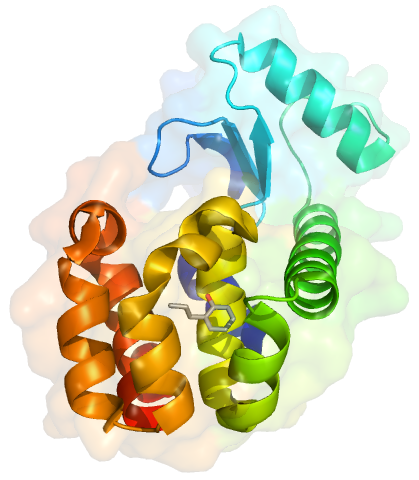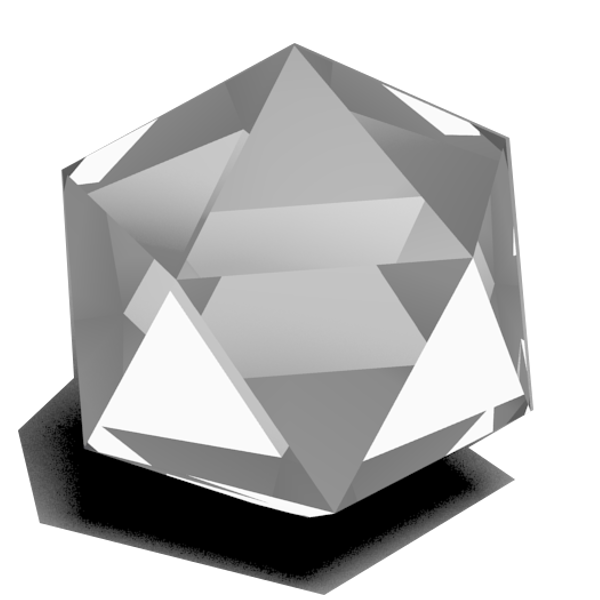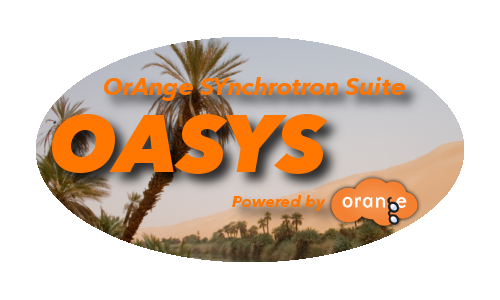Software
Atomic Simulation Environment (ASE)
The Atomic Simulation Environment (ASE) is a set of tools and Python modules for setting up, manipulating, running, visualizing and analyzing atomistic simulations.

CCP4
CCP4 is an integrated suite of programs that allows researchers to determine macromolecular structures by X-ray crystallography, and other biophysical techniques. CCP4 aims to support the experimental determination and analysis of protein structures.

DaFy
DaFy, short for Data Analysis Factory, is a software package that contains a bunch of PyQt5 based GUI applications for processing synchrotron X-ray data.

GROMACS
GROMACS (GROningen MAchine for Chemical Simulations) is a molecular dynamics and energy minimization package mainly designed to simulate the Newtonian equations of motion for systems with hundreds to millions of particles, typically of proteins, lipids and nucleic acids. GROMACS can run on CPUs and GPUs.

NSXTool
NSXTool is an application for reducing neutron single crystal data. It provides algorithms for indexing, refining UB matrix and instrument parameters, integrating Bragg peaks for future analyses using software such as FullProf or ShelX. It is made of a core crystallographic library written in C++ (standard 2011) with dependencies on boost, eigen, gsl standard libraries and of a graphical user interface written in Qt.

OASYS
OASYS (OrAnge SYnchrotron Suite) is an open-source Graphical Environment for optic simulation software packages used in synchrotron facilities, based on [Orange 3](http://orange.biolab.si/orange3/). It includes SHADOWOUI, a port to the [SHADOW](https://github.com/srio/shadow3) ray-tracing code and XOPPY (the Python version of [XOP](http://www.esrf.eu/Instrumentation/software/data-analysis/xop2.4)

SHELX
SHELX is a set of programs for the determination of small (SM) and macromolecular (MM) crystal structures by single crystal X-ray and neutron diffraction. In the program suite: SHELXT extracts the Laue group, cell dimensions and types of element present , solves the structure using data expanded to space group P1, and then uses the P1 phases to find the space group. SHELXS solves small (up to about 100 unique non-hydrogen atom) structures by direct methods. it is based on the classical tangent formula of Karle and Hauptman, but uses phase annealing and includes information from the weak reflections via the negative quartets. etc. etc,-> refer to the SHELX home page
- ← Previous
- 1
- Next →

